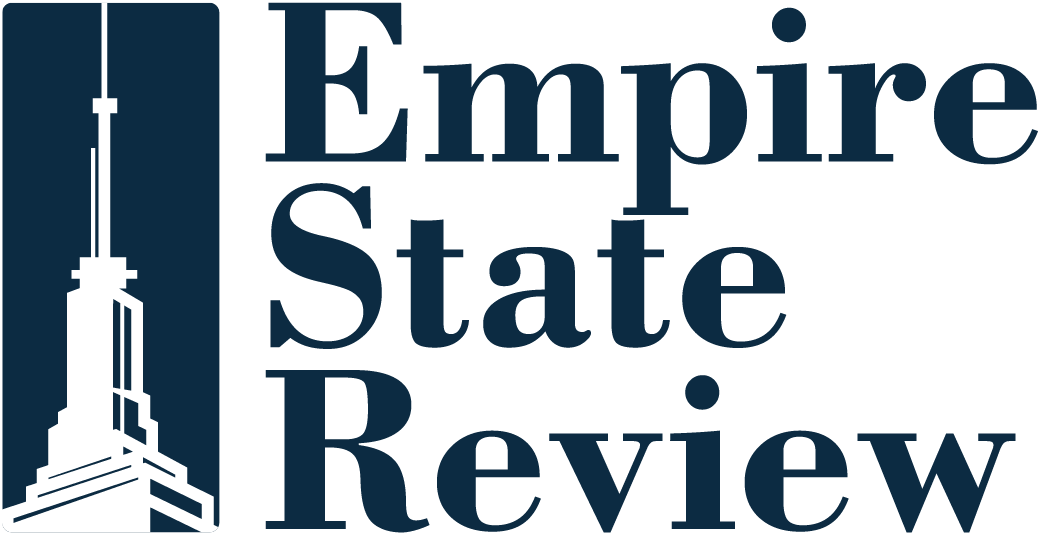New York City public schools have achieved a notable milestone, reporting a substantial improvement in graduation rates for the Class of 2024. The city’s four-year graduation rate has risen to 83.3%, up from 80.5% in 2023, reflecting the success of ongoing initiatives designed to boost educational outcomes. This increase represents a significant leap forward in the city’s efforts to improve academic achievement and reduce disparities in education over the past decade.
As New York City continues to recover from the challenges posed by the COVID-19 pandemic, education officials are celebrating the positive results while acknowledging that further efforts are necessary to sustain and expand these gains. The increase in graduation rates signals that the city’s public education system is on the right track, with many of its reforms beginning to take root.
Targeted Initiatives Drive Improved Outcomes
The New York City Department of Education (DOE) attributes this improvement to several targeted initiatives designed to provide more support to students throughout their academic careers. These efforts have been particularly focused on ensuring that students are college-ready and well-prepared for life after high school.
One of the key factors in the improvement is the expanded access to college readiness programs. These initiatives, including Advanced Placement (AP) courses, International Baccalaureate (IB) programs, and dual-enrollment opportunities with local colleges, have allowed more students to take rigorous coursework while still in high school. By providing these opportunities, the DOE has helped equip students with the skills necessary to succeed in higher education, which is often linked to higher graduation rates.
In addition to college readiness, the city has increased academic support services to help students who may be struggling. Extra tutoring, mentorship programs, and extended learning hours have been rolled out in many schools, providing at-risk students with the tools they need to stay on track. These interventions have been particularly effective in addressing learning gaps that widened during the pandemic.
The DOE has also made a concerted effort to focus on at-risk students, offering targeted interventions for those who might otherwise have fallen behind or dropped out. These programs include additional counseling services, career readiness programs, and pathways for students to recover missed credits. This focus on providing personalized support has been a crucial factor in reducing dropout rates and ensuring that more students graduate on time.
Equity and Access: A Continued Focus
Education officials have emphasized that while the improvements are promising, there is still much work to be done to ensure that all students in New York City have equitable access to quality education. The city’s diverse student population includes many students who face systemic barriers, including economic hardship, language barriers, and special needs. Addressing these challenges requires continued investment in programs that target the unique needs of these groups.
Chancellor of the New York City Department of Education, David C. Banks, acknowledged the progress but stressed that the city must maintain its focus on equity. “Our success in raising graduation rates is a direct result of our commitment to supporting every student, particularly those who have faced significant challenges,” Banks said in a statement. “As we move forward, we must continue to ensure that all students, regardless of their background, have the tools and resources they need to succeed.”
Efforts to close achievement gaps have become a central priority for the DOE. The city’s public school system is working to provide more specialized support for students with disabilities, English Language Learners (ELLs), and students from low-income families, who often face additional barriers to academic success. Schools in underserved neighborhoods have received additional resources, including more access to after-school programs, mental health services, and enrichment activities, in an effort to level the playing field for all students.
Impact of the Pandemic and the Path Forward
The COVID-19 pandemic presented significant challenges for New York City’s public schools, disrupting learning for millions of students and exacerbating existing inequalities. However, despite these setbacks, the city’s education system has managed to rebound, with many schools implementing innovative solutions to engage students and help them recover lost ground.
The improvement in graduation rates is partly due to the city’s ongoing efforts to support students who were most affected by the pandemic. Remote learning, while challenging, allowed the city to develop new digital tools and platforms that continue to enhance learning experiences. The hybrid model that emerged during the pandemic has also inspired new ways of delivering instruction, combining in-person and online learning to meet the diverse needs of students.
Looking ahead, education officials are focused on maintaining this upward trend and building on the momentum generated by these improvements. The Class of 2024’s success provides a solid foundation, but it’s essential to continue investing in the resources and strategies that have proven effective. While the DOE has made strides in providing more college-readiness opportunities and support for at-risk students, it’s clear that achieving long-term success requires a sustained effort to ensure every student, regardless of their background, has the opportunity to thrive.
The Role of Community and Parental Engagement
Community involvement has also played a crucial role in the city’s educational improvements. Parents, local organizations, and community leaders have been instrumental in supporting schools and advocating for resources that help students succeed. In many neighborhoods, schools have formed partnerships with local businesses and nonprofits to provide internships, career training, and other enrichment activities that prepare students for life beyond high school.
Parental engagement has been another important factor in raising graduation rates. Schools have increasingly prioritized building strong relationships with families, offering workshops on college applications, financial aid, and career planning. These efforts are designed to empower parents to be active participants in their children’s education, helping them make informed decisions about their academic future.
Looking Ahead: Building on Success
As New York City prepares for the upcoming school year, stakeholders are focused on maintaining the progress made in recent years. The DOE is committed to expanding successful programs, improving teacher training, and continuing to close achievement gaps. One of the biggest challenges will be ensuring that the success of the Class of 2024 is not an isolated event, but rather the beginning of a larger, sustained trend of improvement.
Ultimately, education officials believe that continued investment in public schools, coupled with a commitment to equity and inclusion, will be key to ensuring that all New York City students can graduate ready for college, career, and life.
To learn more about the New York City Department of Education’s initiatives and improvements in graduation rates, visit NYC Department of Education.

